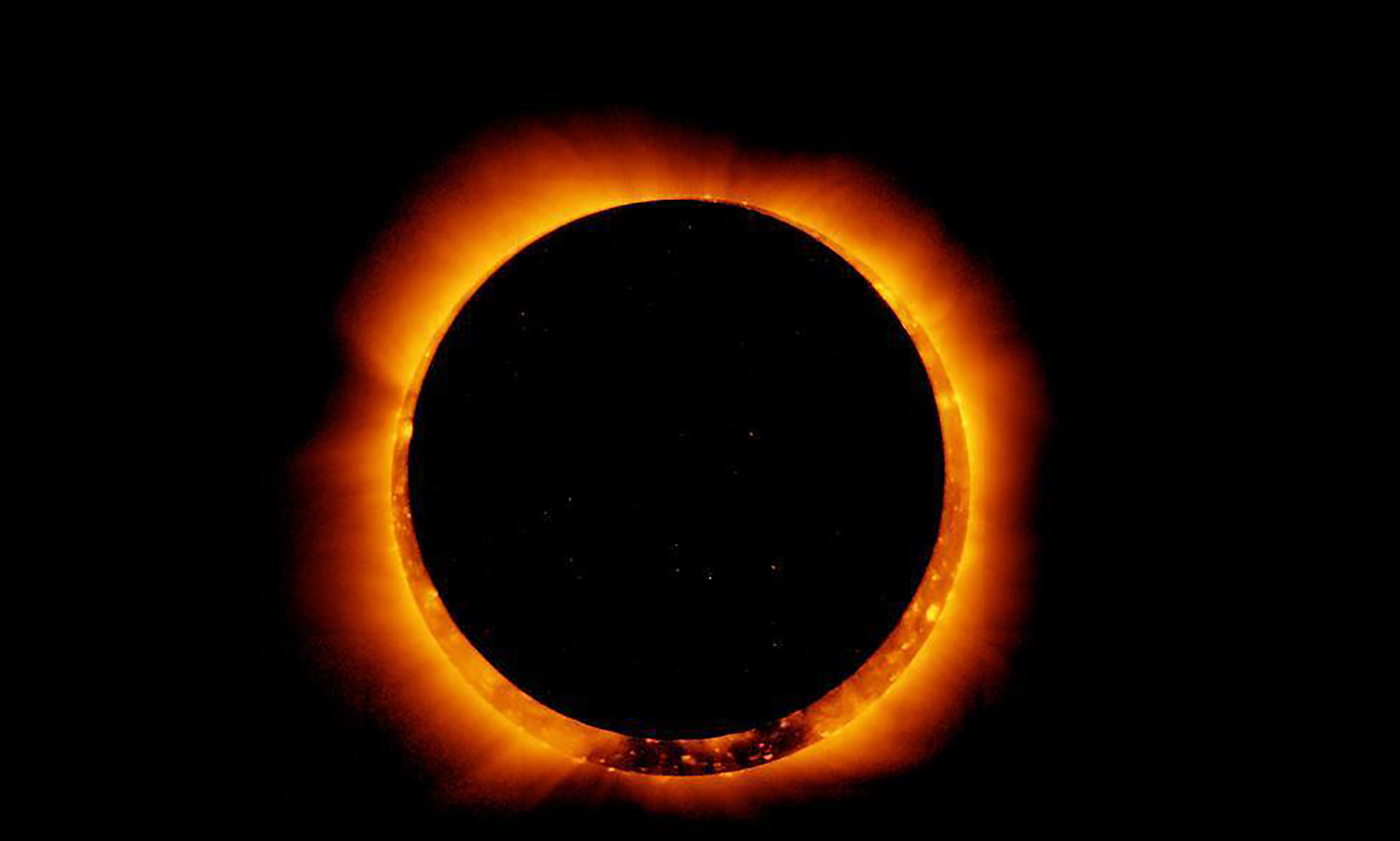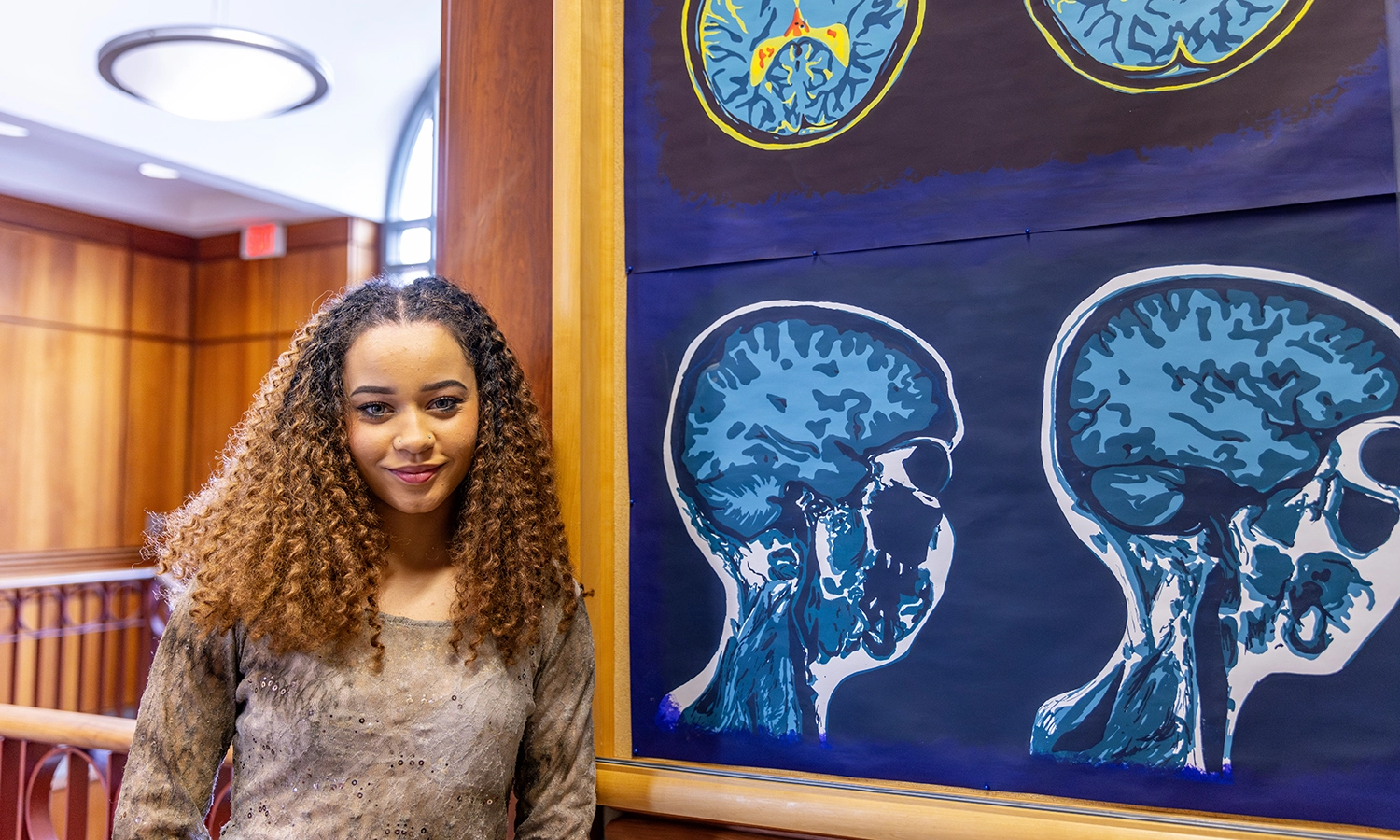
HWS News
8 October 2023 • STEM Countdown to the Total Solar Eclipse T-minus 6 months: Geometry of Eclipses
Each month, Hobart and William Smith will release an educational newsletter authored by Associate Professor of Physics Leslie Hebb about the Sun leading up to the total solar eclipse that will pass over campus in April 2024. Here is October’s letter:
On April 8, 2024 at 3:21 p.m., the Sun, the Moon and the Earth, will move into perfect alignment so that the Moon completely blocks the blazing solar disk for 2 minutes and 5 seconds.
Not everyone on Earth will experience this rare and spectacular event when the sky darkens in the middle of the day, but Geneva, N.Y. is in the path of totality for the 2024 total solar eclipse. The next total solar eclipse visible in Geneva will not be for another 120 years.
To celebrate this cosmic event, Hobart and William Smith Colleges will be offering a series of programs and activities throughout the 2023-24 academic year that explore the scientific, cultural and historic significance of the Sun in our lives. They will be coordinated by Associate Professor of Physics Leslie Hebb, a researcher of the fundamental properties of stars and extrasolar planets, the formation and evolution of planetary systems, and the magnetic activity on low mass stars.
Our Sun is essential for all life on Earth. Without its light and warmth, our planet would be a barren, ice-coated ball of rock. Its regular appearance and disappearance every single day and its changing path across the sky throughout the year drives weather patterns and influences climate. Civilizations have built massive monuments and complex computer programs to keep track of its orderly motions and model its intensity because understanding its position and energy output is so essential to our survival.
The 2,000-year-old quest to understand Earth’s place in the solar system relative to the Sun sparked the scientific revolution, so that now we are capable of building devices that convert its light energy into electricity to fuel our technological world and launching spacecraft from the surface of the Earth to the vicinity of its scorching surface to study the complexity of its magnetic fields.
The Sun has been an inspiration for creation myths and a source of worship since the dawn of humanity. It is depicted in countless works of art, literature and music. From cave paintings and Impressionist masterpieces to poems and songs, the Sun is a versatile subject that is equally tranquil and awe inspiring.
At Hobart and William Smith Colleges, we will spend the year exploring these ideas and more to learn about the Sun itself and the diverse ways it has influenced our religious beliefs, cultural practices and technological innovations because the Sun’s significance to our lives cannot be overstated.
Click here for more information about the Year of the Sun.



